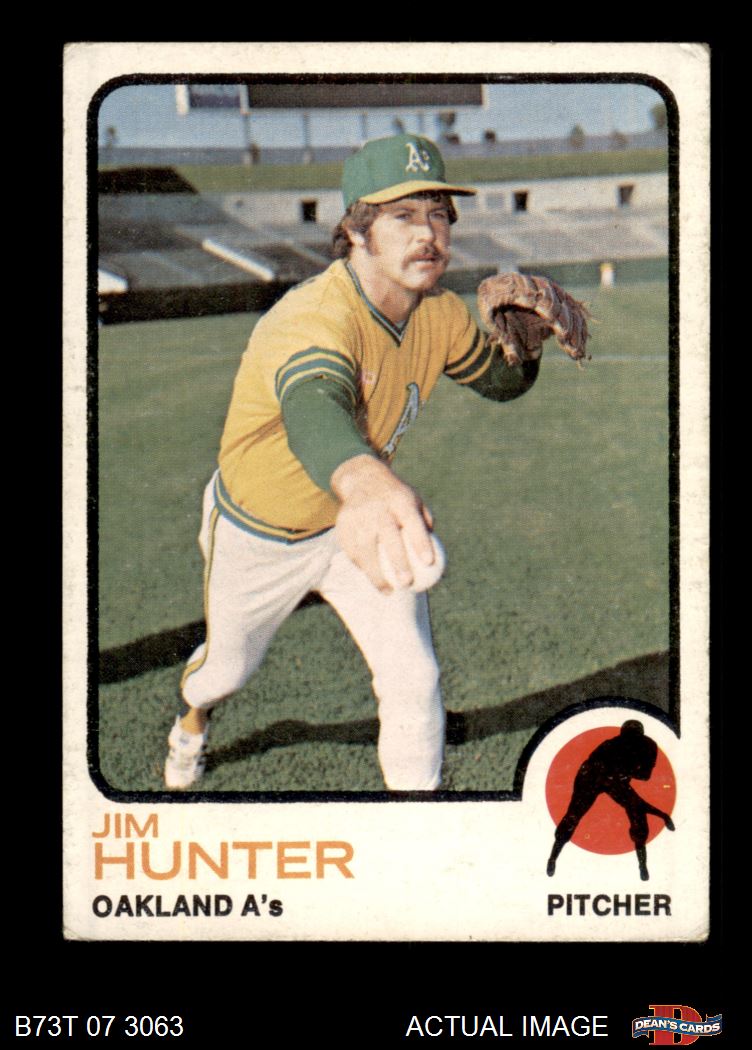

Professional career Kansas City/Oakland Athleticsįinley gave Hunter the nickname "Catfish" in 1965 because he thought his 19-year-old pitcher needed a flashy nickname. He recovered in La Porte, Indiana, at the farm of Athletics owner Charles O.

Hunter was sent to the Mayo Clinic that year so that surgeons could work on his foot. The accident left Hunter somewhat hobbled and jeopardized his prospects in the eyes of many professional scouts, but the Kansas City Athletics signed Hunter to a contract. His older brothers taught him to pitch, and his pitching skill began to attract scouts from MLB teams to Hertford.ĭuring his senior year in November 1963, Hunter's right foot was wounded by a brother in a hunting accident he lost one of his toes and shotgun pellets lodged in his foot. Hunter played linebacker and offensive tackle in football as well as shortstop, cleanup batter, and pitcher in baseball. He grew up on a farm and excelled in a variety of sports at Perquimans County High School. The youngest son of eight children, Hunter was born and raised in Hertford in northeast North Carolina. Hunter has been the subject of numerous popular culture references, including the Bob Dylan song " Catfish". He was diagnosed with amyotrophic lateral sclerosis, also known as Lou Gehrig's disease, in his early 50s, and died of the disease about a year after his diagnosis.

Hunter retired at age 33 following the 1979 season, after developing persistent arm problems, and was inducted into the Baseball Hall of Fame in 1987. He is often referred to as baseball's first big-money free agent, and was a member of five World Series championship teams. Hunter was the first pitcher since to win 200 games by age 31. From to, he was a pitcher for the Kansas City/Oakland Athletics and New York Yankees. James Augustus Hunter (Ap– September 9, 1999), nicknamed " Catfish", was a professional baseball player in Major League Baseball (MLB). National Baseball Hall of Fame and Museum


 0 kommentar(er)
0 kommentar(er)
